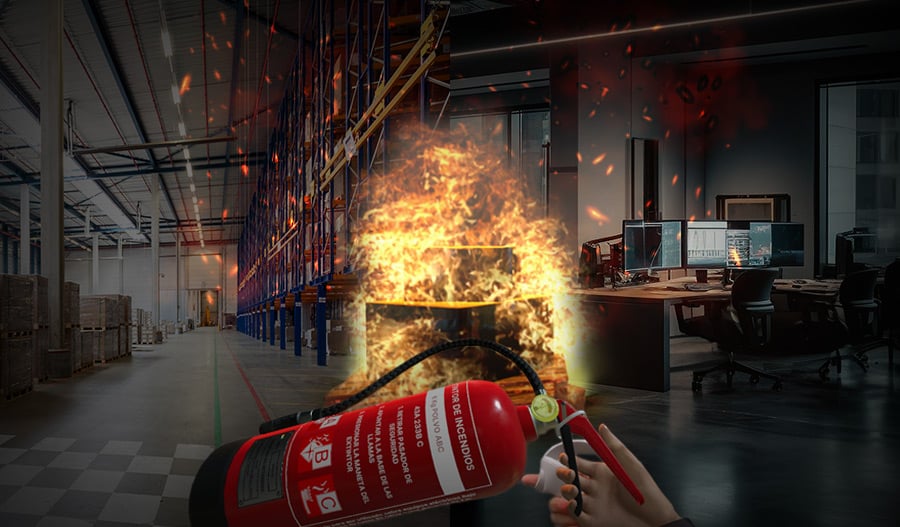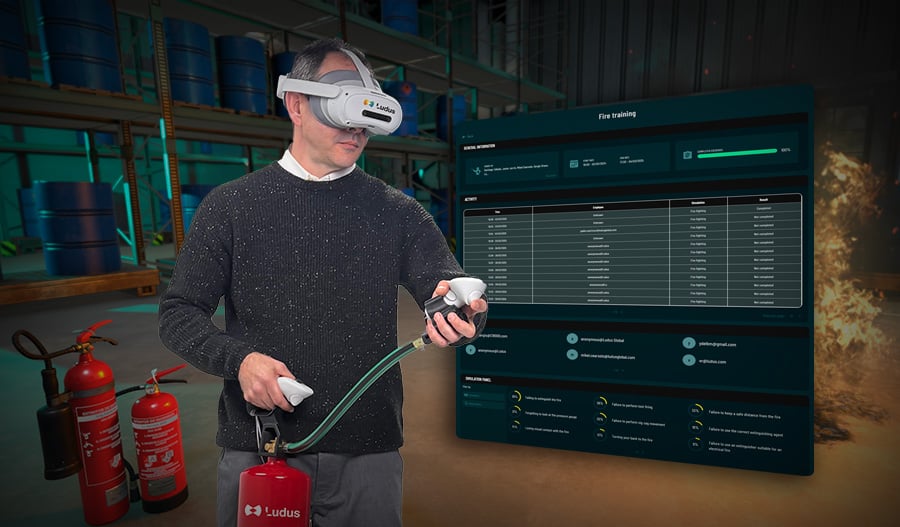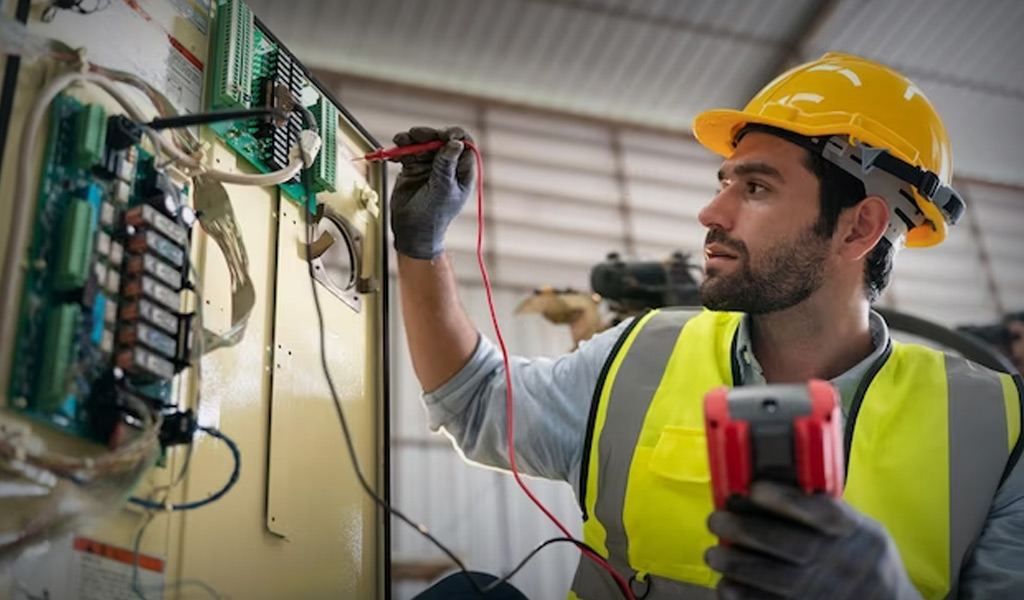Types of rescues in confined spaces
- Self-rescue: The worker exits the confined space independently in a dangerous situation.
- Non-entry rescue: The incapacitated worker is removed from outside the confined space without anyone else entering.
- Entry rescue: The rescuer must enter the confined space to remove the injured worker. This type of confined space rescue is considered the last option due to its danger.
What are confined spaces?
Confined spaces are work areas with limited entry and exit openings and poor ventilation. They are not designed for continuous work inside, so there are serious risks, and access must be controlled and planned.
There are various types of confined spaces depending on whether they have a permanent opening or not. However, all are considered risky environments for workers. Hence, a confined space rescue protocol is considered.
The danger of a confined space comes from its characteristics. Poor ventilation favors the accumulation of dangerous gases inside, and the oxygen level is usually low. This often leads to serious accidents such as asphyxiation, poisoning, or fires and explosions.
Each year, over 200 workers die in confined spaces, according to the International Labor Organization (ILO). Additionally, a significant portion of deaths affects employees who enter to perform a rescue in confined spaces.
Different Ways to Perform a Confined Space Rescue
Self-Rescue
Self-rescue occurs when the worker manages to exit the confined space on their own without becoming incapacitated. This is the most desirable type of confined space rescue.
For self-rescue to be possible, the danger must be identified before it's too late, and the worker becomes incapacitated. The employee themselves may detect it, or they may receive orders to leave the confined space from the safety resource (people who remain outside).
Non-Entry Rescue
In this case, the worker has become incapacitated, so a confined space rescue must be carried out from the outside. To perform a non-entry rescue, equipment such as safety lines connected to the worker's fall arrest harness will be necessary.
The ascent and descent tripod are especially useful in cases of non-entry confined space rescue. This is a device placed outside the confined space that has fall arrest and retrieval systems to hoist the worker from the outside.
Non-entry rescues minimize the risk of accidents for rescuers and are often preferable to entry. If the atmosphere or conditions of the confined space have already incapacitated a worker, it is highly dangerous to enter to rescue them.
Entry Rescue
This is the last resort in confined space rescue cases. It occurs when the rescuer must enter the space to remove the injured worker. Whoever enters to perform the confined space rescue is putting themselves in danger, especially if the space conditions are incapacitating.
Therefore, this type of confined space rescue must be carefully planned and executed, with appropriate protective measures. As mentioned, in many cases, the fatalities of accidents in confined spaces are the rescuers themselves.
Finally, after performing a confined space rescue, it is necessary to evaluate its development and potential areas for improvement.
A Necessary Protocol to Access and Avoid Rescue in Confined Spaces
Although accidents cannot always be avoided, there are safety protocols that help prevent them. This is particularly important in workplaces as dangerous as confined spaces. Following procedures and training workers in preventive measures is essential to protect their lives.
The correct use of protective equipment for access, prior atmospheric measurements, completion of forms... All of this must be trained in risk prevention training to minimize the possibility of accidents.
Do you know the steps of the protocol necessary to access a confined space safely? Discover them at the following link.













